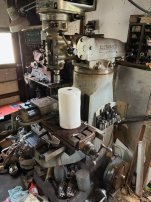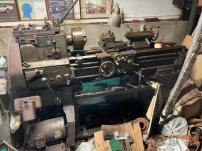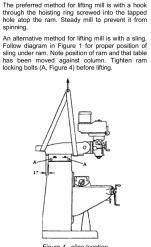brncofan
Plastic
- Joined
- Oct 15, 2023
hi guys need some advice as how to lift a bridgeport mill my friend has a excavator to lift them and put on a trailer where should i place straps on mill to lift safly thank you never done this b4 appreciate any pics of how you did it Mark my buddy is very good and safe no worries there just dont want to damage mill lol Mark




